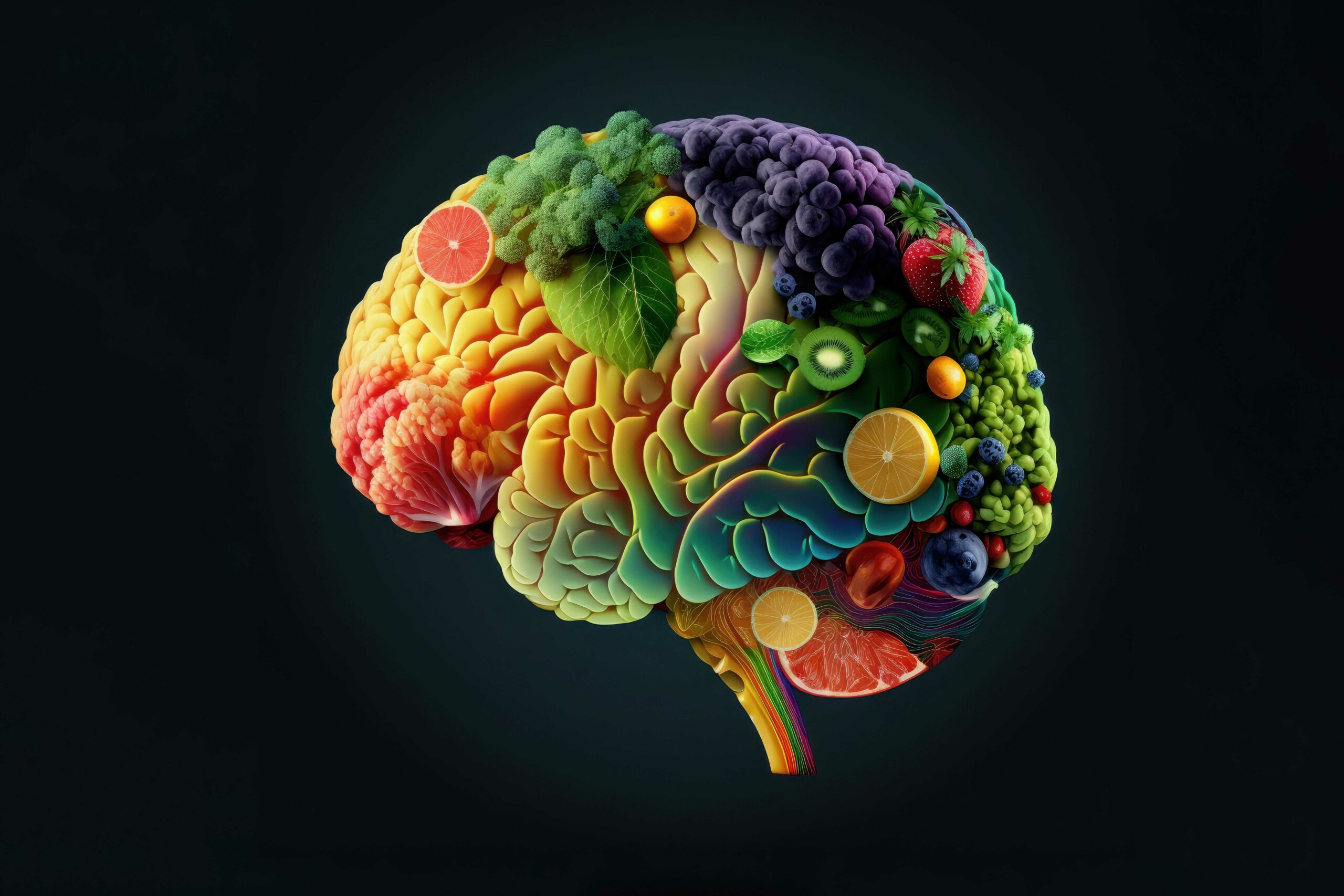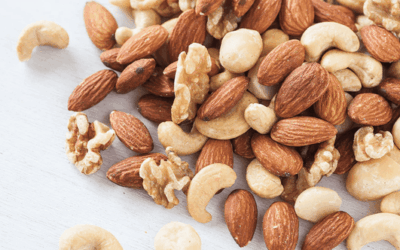The raw food diet is based on the principle of eating uncooked foods or foods heated below 40°C. Since not all foods are meant to be eaten completely raw, it’s more accurate to think of “raw” here as “unprocessed” rather than simply “uncooked”.
This approach emphasizes natural, unprocessed foods that retain their essential nutrients and health benefits. Dried fruits like apricots and raisins, along with nuts such as almonds, hazelnuts and walnuts, are staples of a raw food diet thanks to their high levels of vitamins, minerals and antioxidants.
Biogenic and bioactive foods
A raw food diet is composed almost entirely of so-called “living” foods. These living foods fall into two categories: biogenic and bioactive.
Biogenic foods have the highest energizing and revitalizing potential. This includes all sproutable foods, such as grains and legumes like beans and lentils.
Bioactive foods are unprocessed and consumed in their natural state. This includes raw vegetables, fruits, seeds, berries, sprouts, raw honey, seaweed, and more. Also in this category are alternative sweeteners like cane sugar and coconut sugar, goat or sheep cheese, and cold-pressed vegetable oils.
The raw food diet may also include animal-based products such as meat (carpaccio, tartare), fish (raw salmon, scallops), and other items like eggs and dairy.
What are the benefits of a raw food diet?
Unprocessed, fiber-rich foods help detoxify the body and eliminate accumulated toxins. No more post-meal bloating or sluggishness. The vitamins in raw foods can also help improve mental clarity, focus and memory.
This diet is also known to boost energy levels, improve cardiovascular health, support the nervous system and strengthen the immune response. It enhances feelings of fullness, supports tissue regeneration and can even give your skin a natural glow.
Raw food is easy to incorporate into your workday. Feeling hungry between meals? Looking for a healthy snack? Keep a handful of almonds, walnuts, hazelnuts or other dried fruits and nuts within reach. These crunchy bites are good for both your taste buds and your health. For an eco-conscious twist, choose organic and package-free options.
The ecological benefits of a raw food diet are impressive. Eating raw means using little to no energy for cooking. Say goodbye to your stove, fryer or rice cooker at every meal.
It’s also a way to reconnect with the natural flavors of food. Raw food helps you rediscover how real ingredients are supposed to taste.
What are the downsides of a raw food diet
Like any diet, raw food has its drawbacks.
While eating exclusively raw can introduce new flavors and preparation methods, it can also be difficult to maintain and nutritionally unbalanced if not carefully managed.
Some foods offer more benefits when cooked. Take tomatoes, for instance: they contain lycopene, the red pigment linked to various health benefits, which is better absorbed when cooked.
People with sensitive digestion should also be cautious. Eating only raw foods may lead to digestive discomfort. It’s important to listen to your body and adapt accordingly.
This diet is not recommended for pregnant women, individuals with osteoporosis, underweight people or those with anemia. When in doubt, always consult your healthcare provider.
To maximize the benefits of a raw food diet, choose organic products whenever possible. Organic food helps reduce exposure to pesticides, synthetic fertilizers and GMOs.
Conclusion
In short, the raw food diet is gaining popularity among those looking for a healthier lifestyle. By focusing on natural, minimally processed foods, it helps preserve nutrients and overall wellness.
From an environmental standpoint, it stands out for its low energy consumption and reduced ecological impact.
It’s a meaningful path for anyone who wants to align personal well-being with sustainability, provided it’s approached with awareness and care.
Published on 30/11/2023













